源氏物語絵巻
National Treasure "The Tale of Genji" Illustrated Scrolls.
げんじものがたりえまき
『源氏物語』を絵画化した現存最古の作例で、平安時代を代表する絵巻の1つ。人物は引目鉤鼻、建物は吹抜屋台の手法によるやまと絵で、静謐な画趣の中に物語の世界観や登場人物の心理を見事に表現しています。美麗な料紙に流麗な筆致でしたためた詞書とともに原作に近い時代の雰囲気をよく伝えています。尾張徳川家に3巻の絵巻として伝来し、額面装を経て近年の修理で15巻の絵巻に再改装されました。
源氏物語絵巻の概要はこちら
Over View
概要
| 作品名 | 源氏物語絵巻 | National Treasure "The Tale of Genji" Illustrated Scrolls. |
|---|---|---|
| 作品名ふりがな | げんじものがたりえまき | |
| 作者名 | ||
| 文化財指定 | 国宝 | |
| 作品分類 | 絵画 | |
| 国 | 日本 | |
| 時代 | 平安 | |
| 世紀 | 12世紀 | |
| 数 | 15巻 | |
| 材質・技法 | 紙本著色・紙本彩牋墨書 | |
| サイズ |

 絵.jpg)